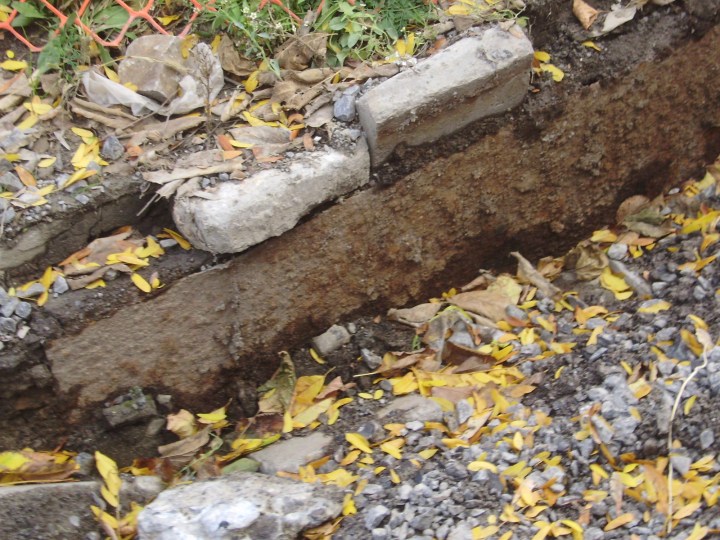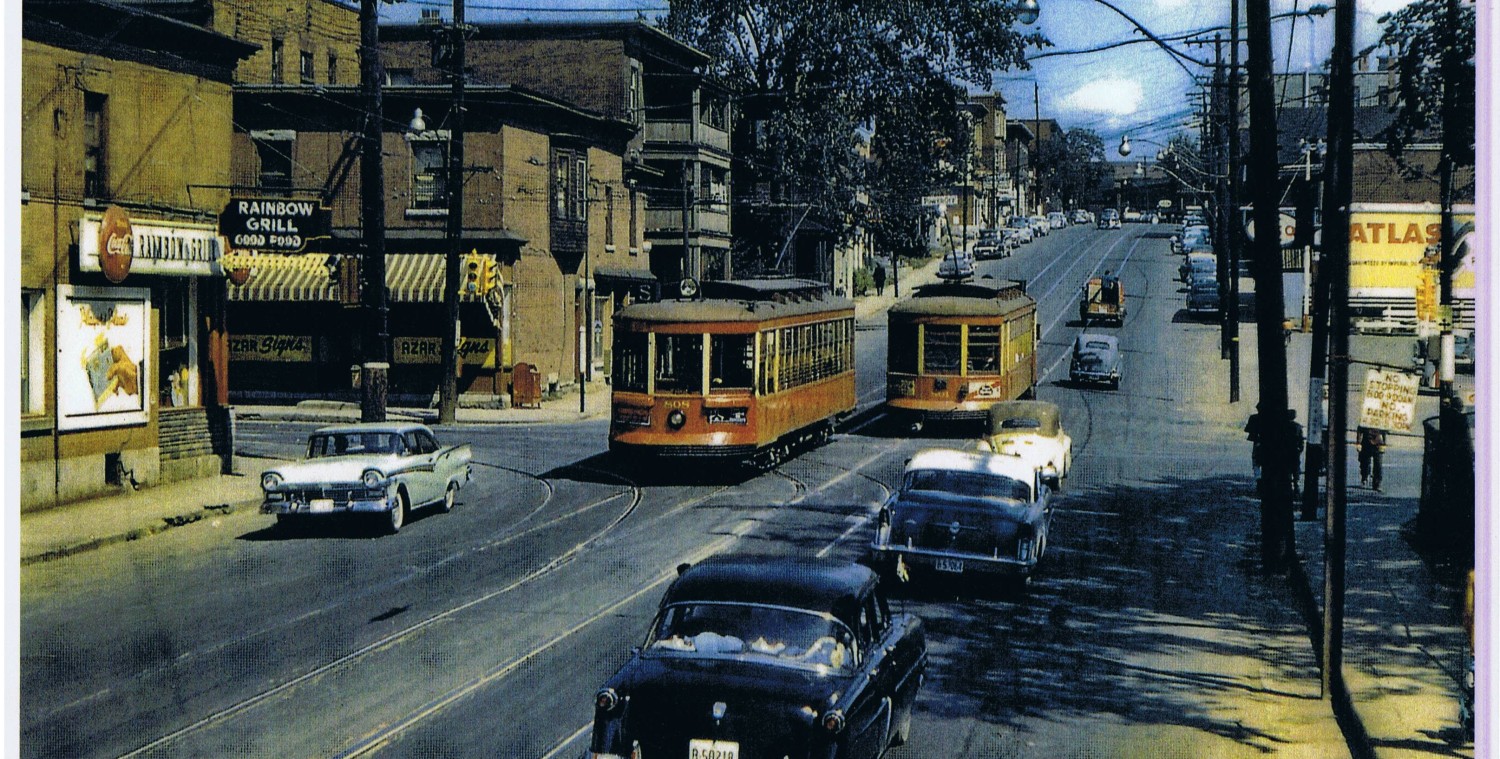I’ll forgive you if the above pic is hard to figure out. Here’s what’s happening. Read on to find out why it is important.
This tree is planted along Somerset Street. It was planted there sometime in the last 30 years. The curb, now removed, ran right close along the far side of the trunk. There was a four foot x four foot opening the concrete sidewalk, to let the tree breathe and obtain water. This opening was slightly constricted by being paved over in concrete cobbles, and packed down firmly. The four foot square opening was the minimum size tree hole as determined by the City back in the 80’s. Of course, where there was lots more room to make a bigger opening, they were left at four feet square because the minimum size equals the maximum size.
During reconstruction of Somerset, the contractor protected the trunk by wrapping it in boards, and a strong plastic snowfence has been installed “all around” the root area to reduce intrusions from back hoes, trenchers, etc.
Look closely at the near side of the tree’s exposed roots, where some cobbles have been removed. That rusty metal plate you see there? It’s on a whole bunch of the trees. They appear to have been installed by the City in the 80’s to prevent the tree roots from growing under the sidewalk, toward the buildings. The roots were restricted to growing out under the paved road surface, where the gravel road base would provide nutrients for healthy trees.
It amazes me that even these few trees survived so long.

Fortunately City policies have improved a bit since then. Trees are often planted in structural soil, which permits roots to grow under sidewalks and parking spaces without being overly compacted or heaving the sidewalk. Sometimes, raised curbs are put around the planting bed to protect the soil from abuse and compaction.



